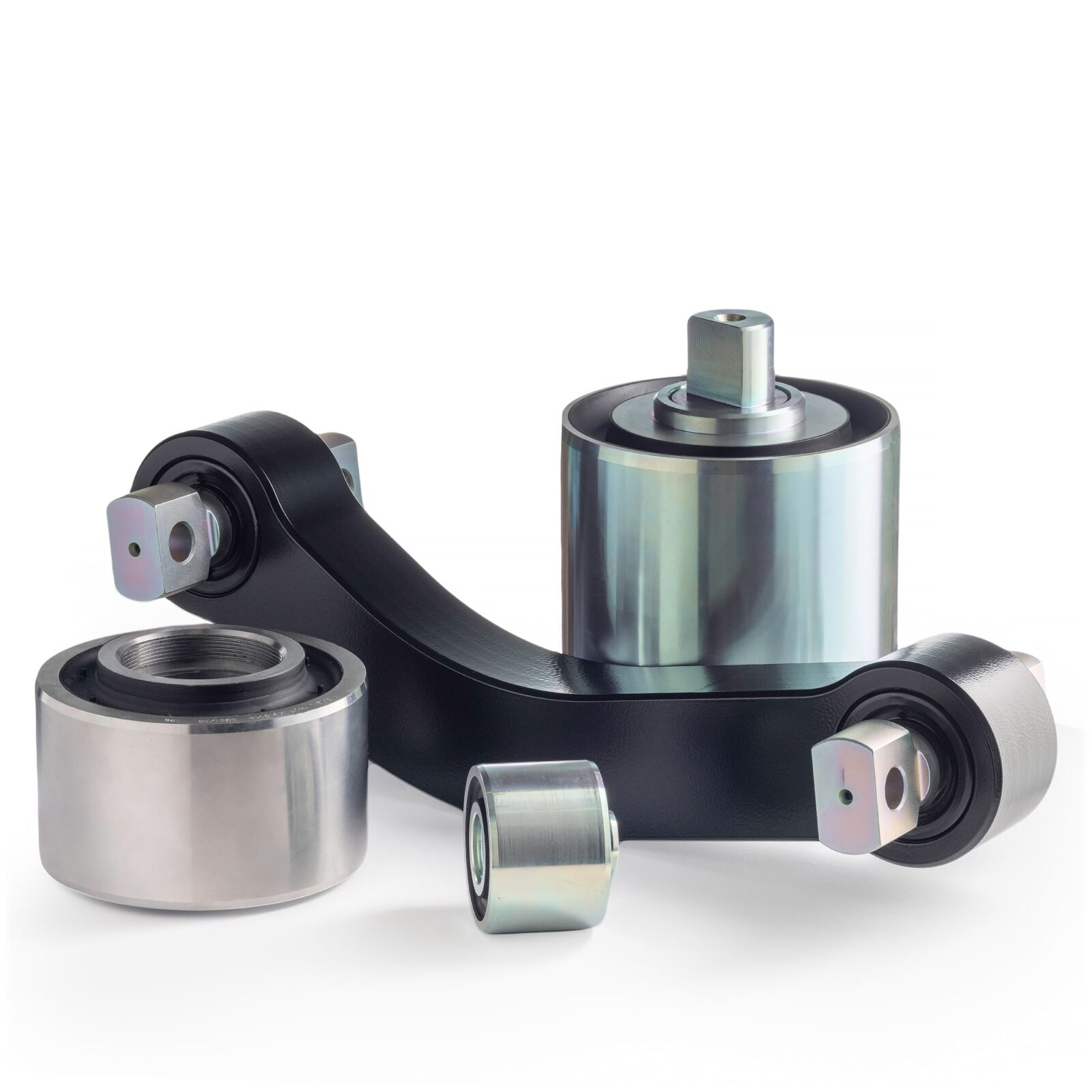In the world of manufacturing, where durability and precision are very important, the industry of rubber metal parts stands out as a testament to engineering excellence.
From train components to industrial machinery, rubber metal parts play a crucial role in ensuring the reliability and longevity of countless products. But what goes on behind the scenes in the creation of these vital components? Let’s delve into the fascinating world of rubber metal parts manufacturing.
The Art of Fusion: Combining Rubber and Metal
At the heart of rubber metal parts manufacturing lies the intricate process of combining two seemingly disparate materials: rubber and metal. This marriage of materials is not just about bonding them together but ensuring that they seamlessly integrate to withstand the rigors of their intended applications.
Manufacturers employ a variety of techniques to achieve this fusion, ranging from traditional molding methods to advanced bonding technologies. Whether it’s through compression molding, transfer molding, or injection molding, each process is meticulously optimized to produce parts that offer unparalleled durability and performance.
Precision Engineering: From Design to Production
Crafting durable rubber metal parts requires a meticulous approach to engineering and design. Every aspect, from the geometry of the part to the selection of materials, is carefully considered to meet the specific requirements of the application.
Computer-aided design (CAD) and FEA simulation tools play a crucial role in this process, allowing engineers to refine designs and anticipate potential challenges before production begins. With precision engineering at the forefront, manufacturers can ensure that each part meets the highest standards of quality and reliability.
Quality Assurance: Ensuring Consistency and Reliability
In the world of rubber metal parts manufacturing, consistency is key. Quality assurance processes are implemented at every stage of production to maintain the integrity of the parts and meet stringent industry standards.
From material testing and inspection to dimensional accuracy checks, manufacturers leave no stone unturned in their quest for excellence. Advanced testing methodologies, such as mechanical testing, accelerated aging tests and life-cycle tests, help validate the durability and performance of each part, providing customers with the assurance they need in demanding applications.
Driving Innovation: Meeting Evolving Industry Demands
As industries evolve and technology advances, so too must rubber metal parts manufacturing. Innovations in materials science, automation, and sustainability are driving the industry forward, enabling manufacturers to push the boundaries of what’s possible.
From the development of new rubber compounds with enhanced properties to the adoption of Industry 4.0 technologies for smarter production processes, manufacturers are continually seeking ways to improve efficiency, reduce waste, and deliver superior products to their customers.
Ready to dive deeper into the world of rubber metal parts manufacturing? Visit www.flexibil.com to explore how precision engineering, commitment to quality, and innovative solutions can elevate your projects, anywhere in Europe. Discover the craftsmanship behind durable components that drive industries forward. Unlock the potential of rubber metal parts with Flexibil – the place where reliability meets innovation.
Conclusion
In the dynamic world of manufacturing, where durability is paramount, rubber metal parts stand as a shining example of ingenuity and craftsmanship. Through precision engineering, quality assurance, and a commitment to innovation, manufacturers ensure that these vital components meet the demands of modern industries, driving progress and reliability forward with every part produced. As technology continues to evolve and industries grow more complex, the world of rubber metal parts manufacturing remains steadfast in its dedication to crafting durability that stands the test of time.








Leave a Reply
View Comments